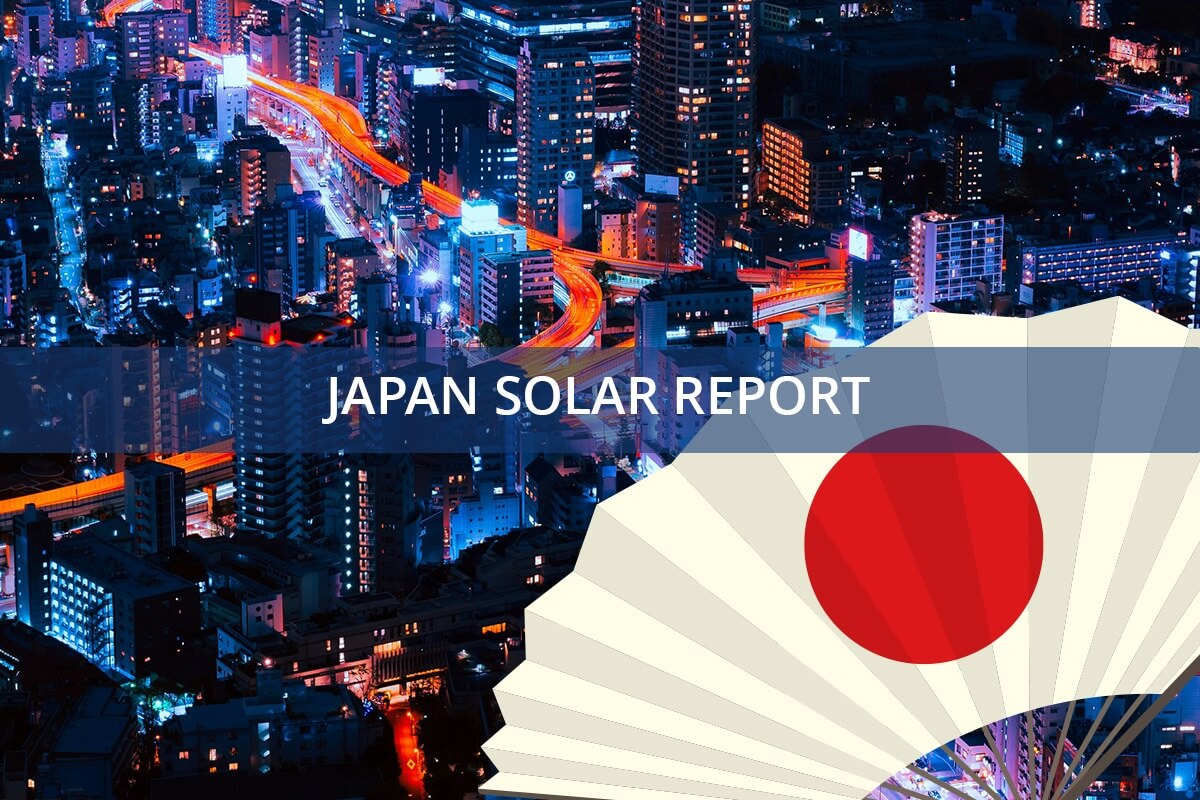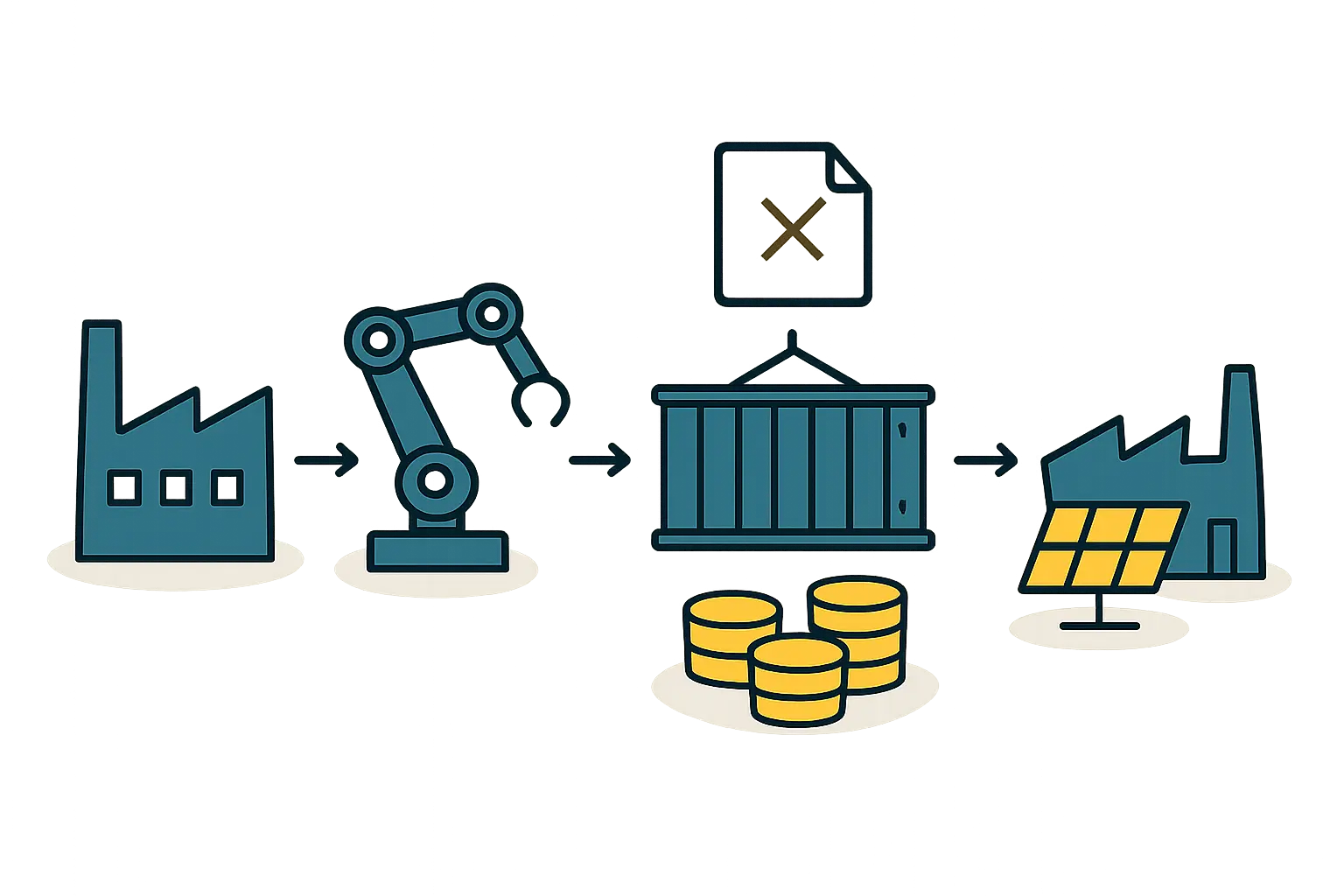Japan is making significant strides in its energy policy by investing in ultra-thin solar panels, a move designed to bolster energy security and reduce its reliance on fossil fuels. The country has set an ambitious target: to generate 100 megawatts of solar capacity by 2027 using panels less than 1 millimeter thick.
Japan’s Investment Targets and Funding for Ultra-Thin Solar
Spearheading this initiative, Japan’s Ministry of the Environment is promoting the deployment of ultra-thin solar panels. These innovative cells are flexible, lightweight, and versatile enough to be installed on roofs, walls, and other surfaces that typically cannot support solar technology.
To facilitate this transition, the ministry is allocating 1 billion yen (approximately $6.9 million) in the upcoming budget year to subsidize their installation. This financial support is designed to encourage businesses and homeowners to adopt this cutting-edge technology.
Why Japan Is Investing in Ultra-Thin Solar Technology
Ultra-thin solar panels offer several key advantages over their conventional counterparts. While traditional panels are heavy and rigid, requiring robust support structures, these next-generation versions are remarkably lightweight and flexible. This makes them ideal for surfaces that cannot bear heavy loads, including many existing rooftops and walls.
Ready to make big Profits?
The solar Industry is Booming
WE HELP NEWCOMERS to the solar industry start their own solar module production line. Customers can make BIG PROFITS by selling modules and finding investors, without wasting money and time on things they don't need!
Their flexibility also simplifies handling and transportation, which can significantly lower installation costs. Because they can adapt to curved or uneven surfaces, they open up a much broader range of potential applications, especially in dense urban environments where space is a premium.
Development and Production of Ultra-Thin Solar Panels
The Japanese government is actively supporting the development and production of this technology. The environment ministry is collaborating with various companies to increase manufacturing capacity, aligning with the national goal of generating 100 megawatts of power from these panels by 2027.
Several Japanese companies are already developing ultra-thin solar panels with thicknesses between 0.1 and 1 millimeter. This technological push is expected to significantly boost Japan’s solar power capacity and help the country meet its renewable energy objectives.
Potential Impact on Japan’s Energy Landscape
The integration of ultra-thin solar panels is poised to significantly alter Japan’s energy landscape. By overcoming the installation challenges of traditional cells, their lightweight and flexible design unlocks a broader array of surfaces—from building facades to lightweight roofs—especially in dense urban areas.
The environment ministry anticipates that this widespread adoption will enhance the country’s solar power generation capacity. This shift is instrumental in reducing reliance on fossil fuels and advancing toward a sustainable energy system. For more insights into Japan’s solar strategy, you can explore the PV Challenges 2025.
A Strategic Move for Japan’s Energy Future
Japan’s investment in ultra-thin solar panels is a key part of its broader strategy to achieve energy security and sustainability. By championing innovative solar technologies, the country aims to expand its renewable energy capacity while reducing its carbon footprint. The government’s support for development and production should accelerate the adoption of this technology, helping it become a cornerstone of Japan’s energy mix. This move reflects Japan’s broader commitment to advanced solar technology, including its significant perovskite solar investment.



